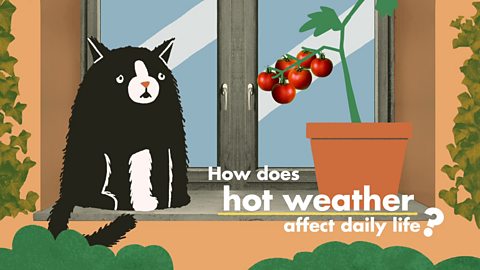What is the water cycle?
Did you know that the water we turn on in our taps or our showers all comes from the sea, the rain, lakes and rivers? All water part of the water cycle. So how does it work?
In this article you can learn:
- How water travels from the Earth's surface, up into the sky and back to Earth again
- The three steps of the water cycle: evaporation, condensation and precipitation
- The water cycle in different places around the world
This resource is suitable for weather and science topics for primary school learners.
Video - What is the water cycle?
Watch this video to learn about the water cycle.
Water is always on the move, but have you ever thought about the journey it takes?
The water cycle is how water travels from the Earth’s surface, up into the air and the sky, and then back to the ground again. It is driven by 3 things: Evaporation, Condensation, and Precipitation.
As the sun warms up the sea, lochs, rivers, and other bodies of water, some of the liquid water turns into a clear colourless gas called water vapour, and mixes with the air. This process is called evaporation.
Evaporation can happen to any liquid water, not just from seas and rivers butfrom water given out by plants or even from you and me when we sweat. Water vapour can also come from ice and snow, which the sun melts into liquid water and then evaporates into vapour.
When water vapour rises into the air it cools down as it goes higher and turns back into droplets of liquid water. These form clouds. This is the second part of the water cycle – water vapour turning into liquid water is called condensation.
As more and more water droplets condense, they join together into bigger, heavier drops. When they grow too big and heavy they fall back down from the sky, and this is the third part of the cycle known as precipitation.
Precipitation is water that falls as rain, hail, sleet or snow. This water thenreturns to the earth’s surface, mostly in the oceans, and the cycle is complete, ready to start again.
In tropical areas, like the Amazon Rainforest in Brazil, where there is a lot of water and it’s very hot, the water cycle can take just a few hours, but it can take a lot longer in other parts of the world.
In very cold places, such as Alaska some water is locked up in glaciers and icebergs for thousands of years.
The UK isn’t very cold or very hot but we’ve got just the same water cyclethat gives us clouds and rain and the water that we use every day.
So next time you run the tap to make a drink or run the water to take a bath, think about the journey that the water has taken to get to you!
How does the water cycle work?
The water cycle is how water travels from the Earth's surface up into the air and sky and then returns to the ground. The water cycle has three different parts.
The sun heats up a source of water, like seas, rivers, lochs and lakes. Some of the water turns into an invisible gas called water vapour. This is the first part of the water cycle and it's called evaporation.
As the water vapour rises, it cools and as it cools it turns back into droplets of liquid water. We see these liquid droplets as clouds. This is the second part of the water cycle and it's called condensation.
As more and more water droplets condense they join together into bigger, heavier drops. Eventually they become so heavy that they fall from the sky to the ground. This is the third part of the water cycle and it's called precipitation. Precipitation includes things like rain, hail, sleet or snow.
Now that the water has returned to the Earth's surface, the water cycle starts all over again.
The water cycle in pictures
This slideshow shows different stages of the water cycle and examples of a slow and fast water cycle.
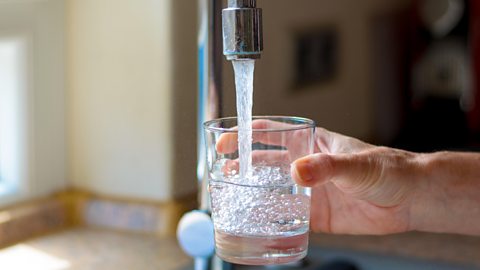
Image caption, Water from a tap
We use water every day but have you ever wondered about the journey water takes to get to us?
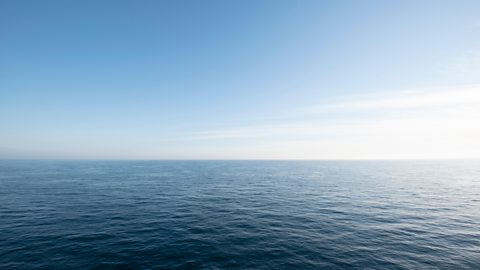
Image caption, Evaporation
The sun heats up seas, rivers, lochs and lakes. The heating causes water to turn into an invisible gas called water vapour. This is known as evaporation.
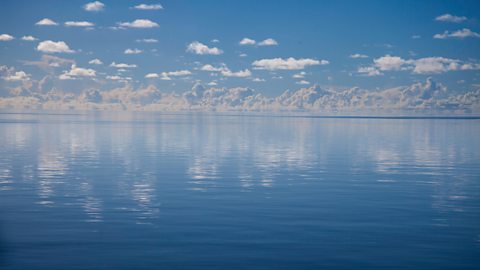
Image caption, Condensation
As the water vapour rises it cools. As it cools, it turns back into liquid water droplets. We see these droplets as clouds. This part of the process is known as condensation.
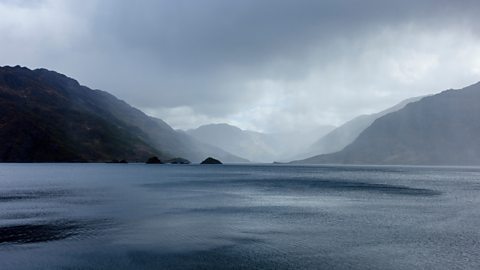
Image caption, Precipitation
Water droplets join together and when they are heavy enough they fall back to the earth. This part of the process is called precipitatiion. Precipation can be used to describe rain, sleet, hail or snow.
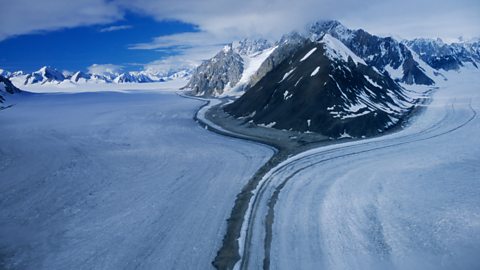
Image caption, A slow water cycle
In Alaska, precipitation falls most as snow during the winter. This stays frozen until spring, when warmer temperatures melt snow and ice and then evaporates water into the air.
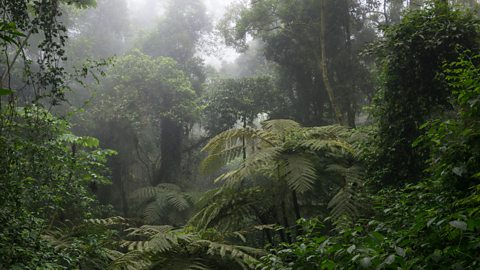
Image caption, A fast water cycle
In hot places, like the Brazilian rainforest, where there is lots of water, the water cycle can take just a few hours. Cloud builds up in the morning and there is heavy rain in the afternoon.
1 of 6

Key words about the water cycle
- evaporation - When liquid water turns into an invisible gas called water vapour.
- condensation - The process of water vapour cooling and turning back into liquid water.
- precipitation - Water when it falls as either rain, hail, sleet or snow.
Test your knowledge
Quiz
Test your knowledge of the water cycle with this short quiz.
Challenge
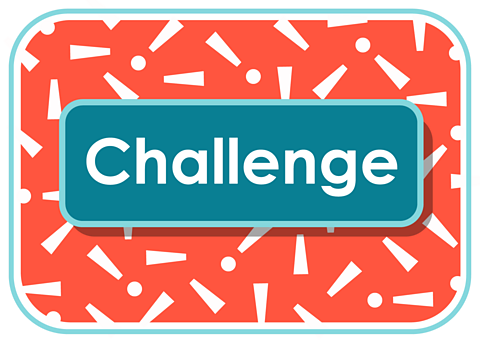
Draw a water cycle diagram.
A diagram is a drawing that shows a process in a way that is simple and easy to understand.
Your diagram should include:
- Evaporation
- Condensation
- Precipitation
Here are some ideas to help you:
- Your diagram should have clear labels of the three steps of the water cycle.
- Use arrows to show the direction the water moves in.
- Maybe you could use a picture of a loch, river or sea near you to help you illustrate the water cycle.
Water cycle diagram
Here is an example of a simple water cycle diagram.
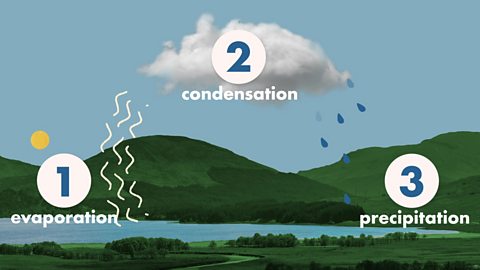
More on Weather
Find out more by working through a topic
- count12 of 22

- count13 of 22
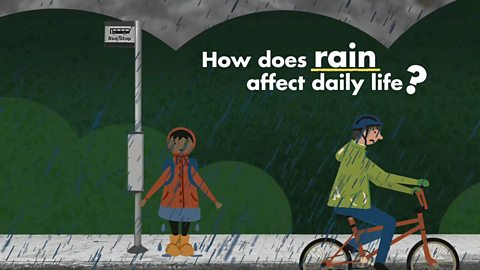
- count14 of 22
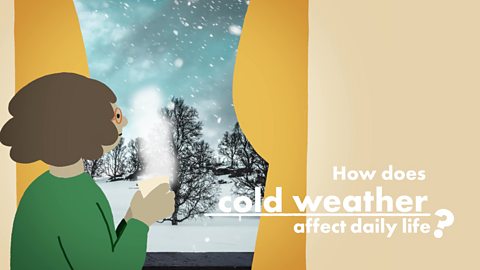
- count15 of 22
